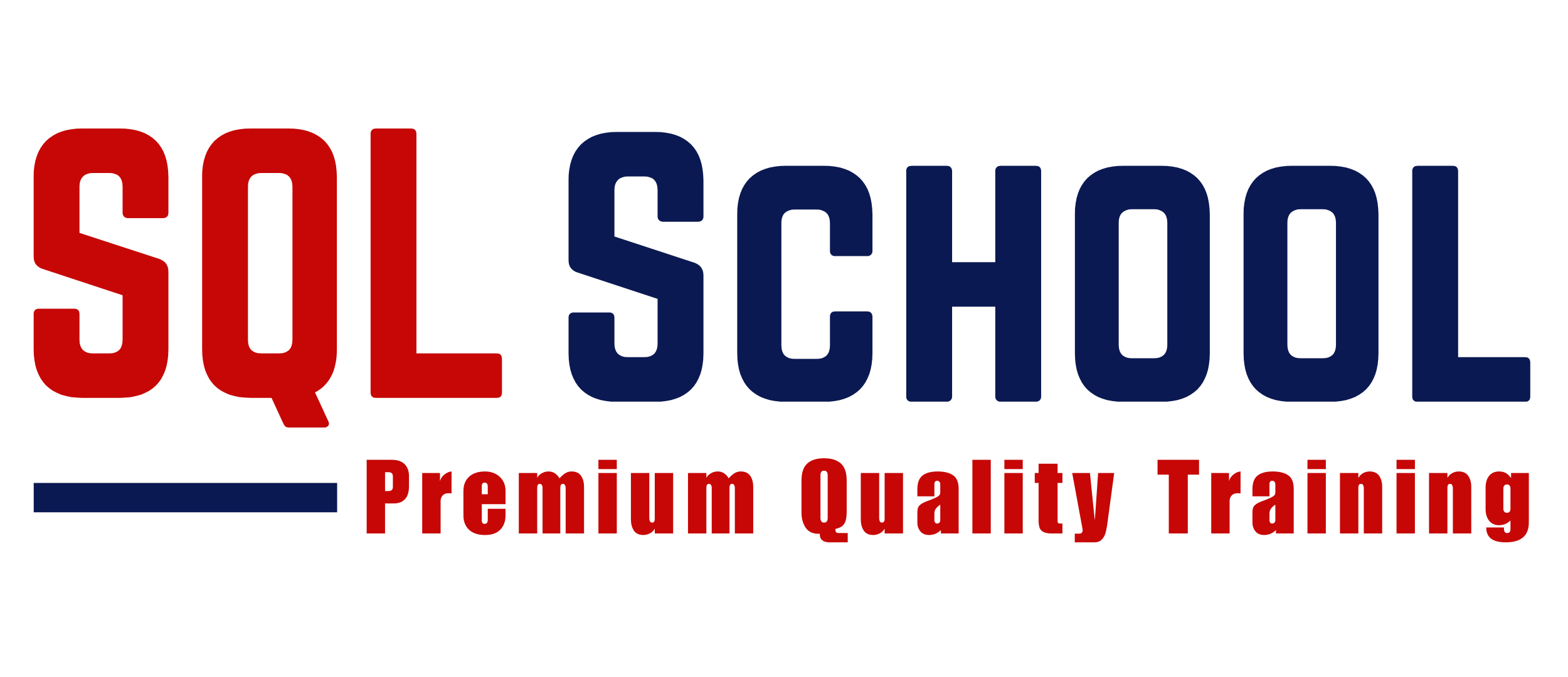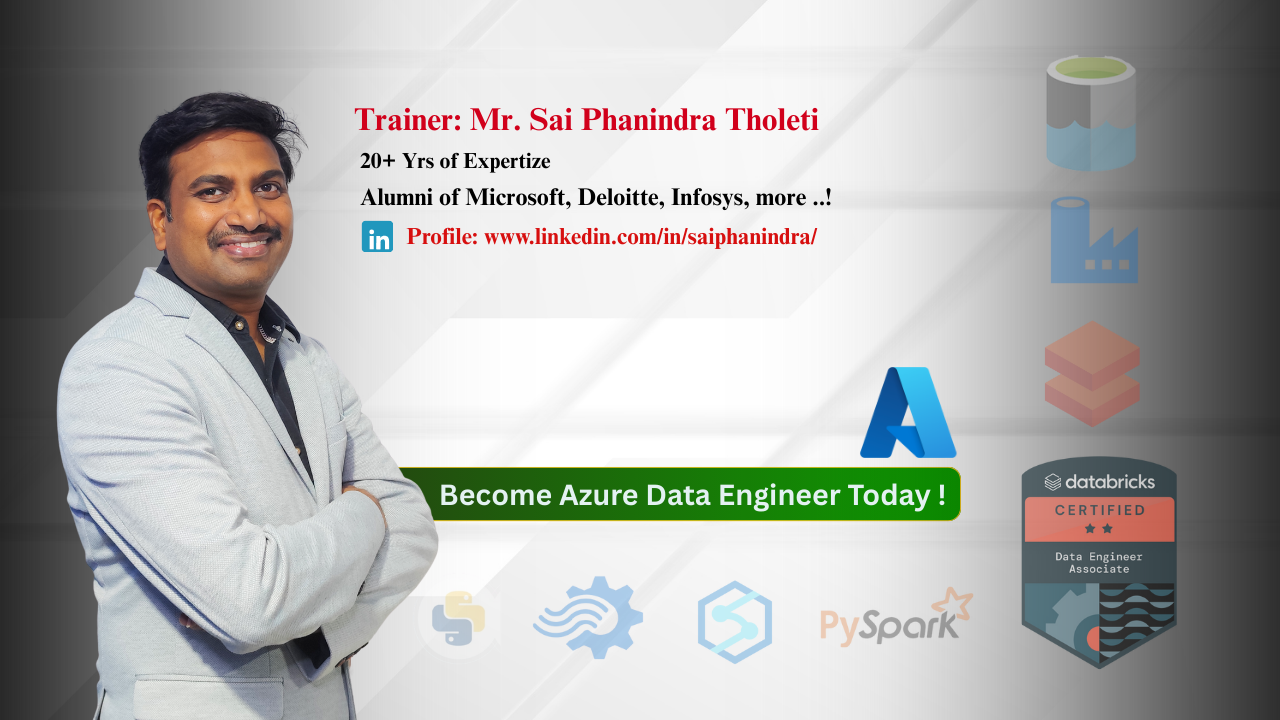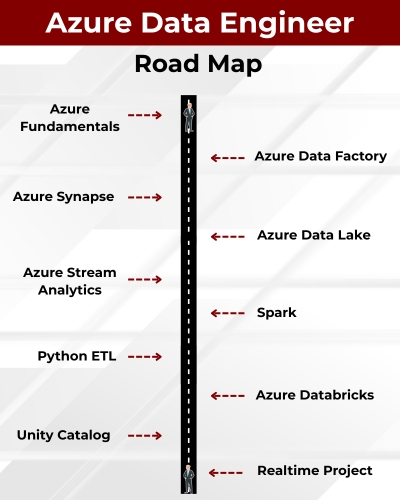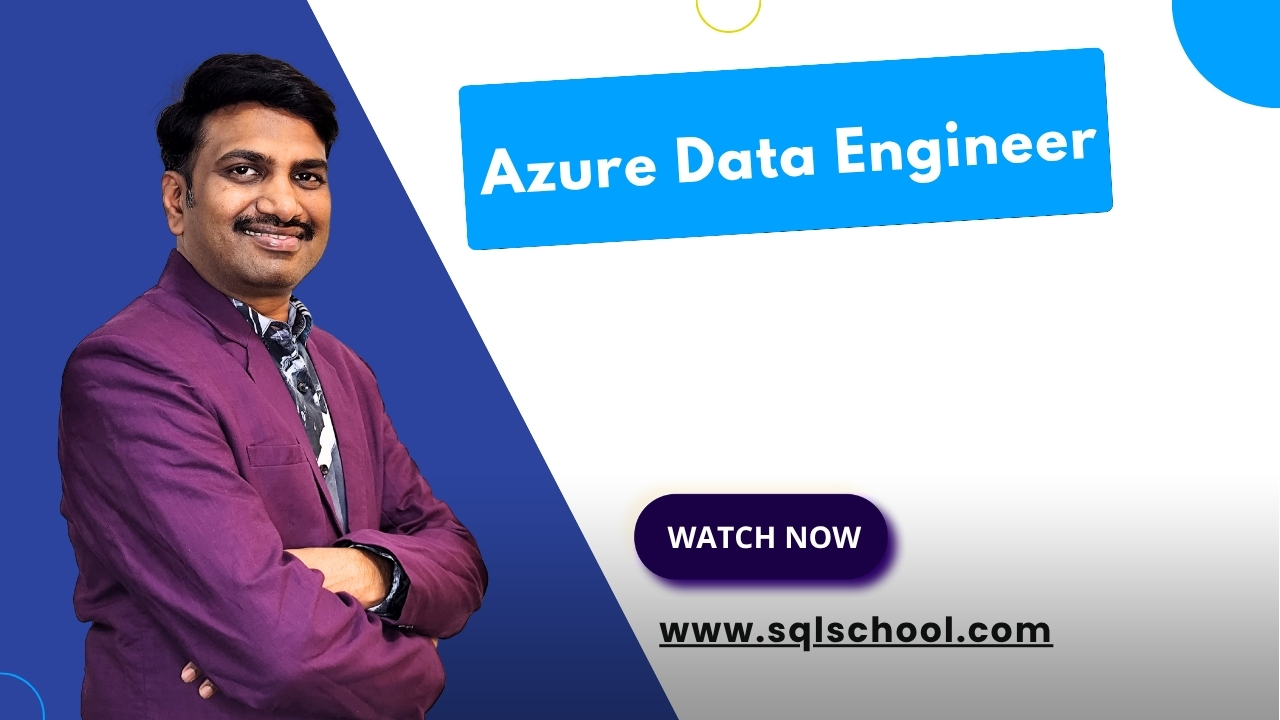Freshers aspiring to build a career in cloud data engineering
ETL developers wanting to move to Azure platforms
SQL DBAs and Data Analysts aiming to transition to cloud data engineering
IT professionals interested in modern data architecture and big data pipelines
Anyone looking to upskill for cloud-based data solutions
No prior coding experience is required. All concepts are taught from scratch

















